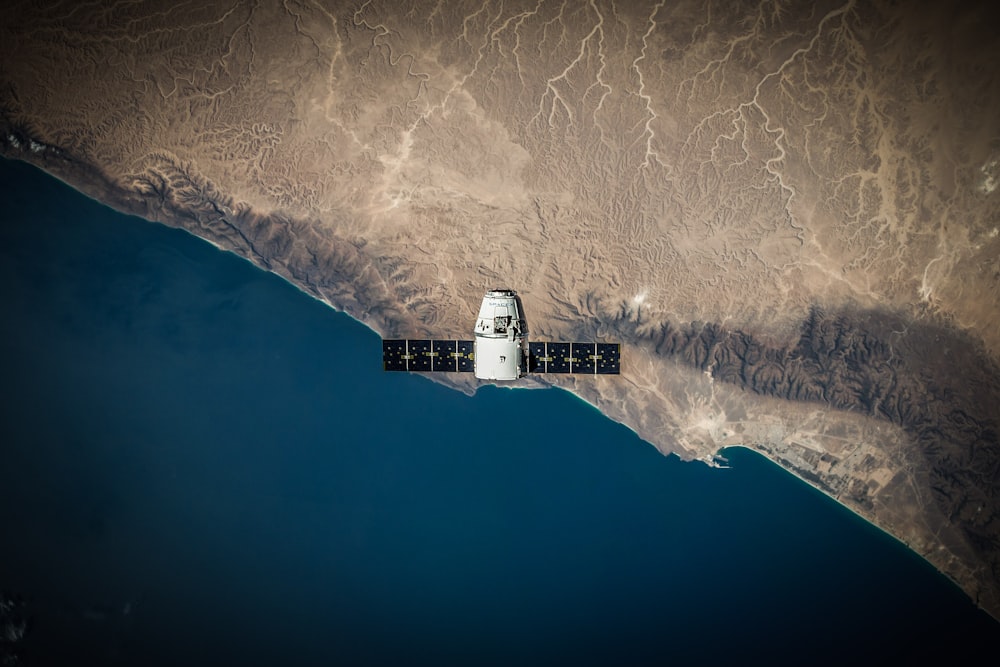Professionals in the aerospace and military business may construct aeroplanes, boats, spaceships, or weapons, or specialise in the production of parts for each. They could also create information systems for analysing and interpreting large amounts of data. Typically, businesses in this industry produce goods for the military, the federal government, or space initiatives. Here’s what you need to know if you want to pursue a career in the aerospace and defence business.
What Types Of Jobs Are Available In The Aerospace And Defence Industry?
Within the aerospace and military industry, there are a variety of professions available, many of which are extremely technical. If you’re interested in working in this industry, you may apply for jobs such as:
- engineer
- quality assurance, aerospace, electrical, mechanical, systems
- inspector of planes
- electrician for aeroplanes
… and much more
What Does An Aerospace And Defence Professional Do?
Professionals in the aerospace and defence industries are responsible for a wide range of tasks, and your work will be crucial, both for your organisation and for the safety and security of those who utilise the vehicles and technologies you help to build and maintain. An electrical engineer, for example, might be in charge of developing and fabricating electronics for spacecraft, aircraft, or helicopters. Meanwhile, aerospace engineers could be developing military-grade vehicles and systems that can withstand combat on land, air, or sea.
How Much Does Someone In The Aerospace And Military Industry Make On Average?
Salary levels in the aerospace and military industries vary greatly based on your professional path. Quality assurance engineers and electrical engineers make an average of $72,200 and $72,600, respectively, while aerospace engineers and flight inspectors earn an average of $82,000. Meanwhile, aviation electricians make an average of $61,100 per year, while physicists make an average of $105,000 per year.
Aerospace And Defence Firms Are Dealing With A Number Of Difficulties.
Economic slowdown: A&D, like other industries, is feeling the effects of the widespread economic downturn brought on by COVID-19. To survive the recession, A&D organisations may need to strike the correct balance between short- and long-term plans. By investing substantially in the future while carefully decreasing costs.
Product design: For most A&D firms, creating new products and business models remains a big problem. To benefit from the prospects of Industry 4.0 transformation. It is critical that enterprises across the industry comprehend and harness the power of new technologies. In the growing “disrupt or be disrupted” A&D business. Being able to fully harness revolutionary, game-changing technology could be a question of survival.
MRO Services’ Ascension: Over the long run, demand for commercial and military aircraft is likely to continue strong. Resulting in significant development opportunities in MRO services. In the shifting A&D MRO landscape, leveraging innovative technology and digital services could be essential components of driving income in the future.
Program delays, technical challenges, supply chain issues, and changing requirements can all lead to cost overruns and schedule delays. Which can have a negative impact on profitability. In the A&D industry, programme management and execution are becoming a concern, with high implications for all.
Personnel management: Despite cost-cutting layoffs, most A&D companies still require science, technology, manufacturing, and engineering talent to sustain future growth. C-suite executives, boards of directors, and senior human resources professionals are increasingly seeing attracting and maintaining important talent as a major strategic challenge.



